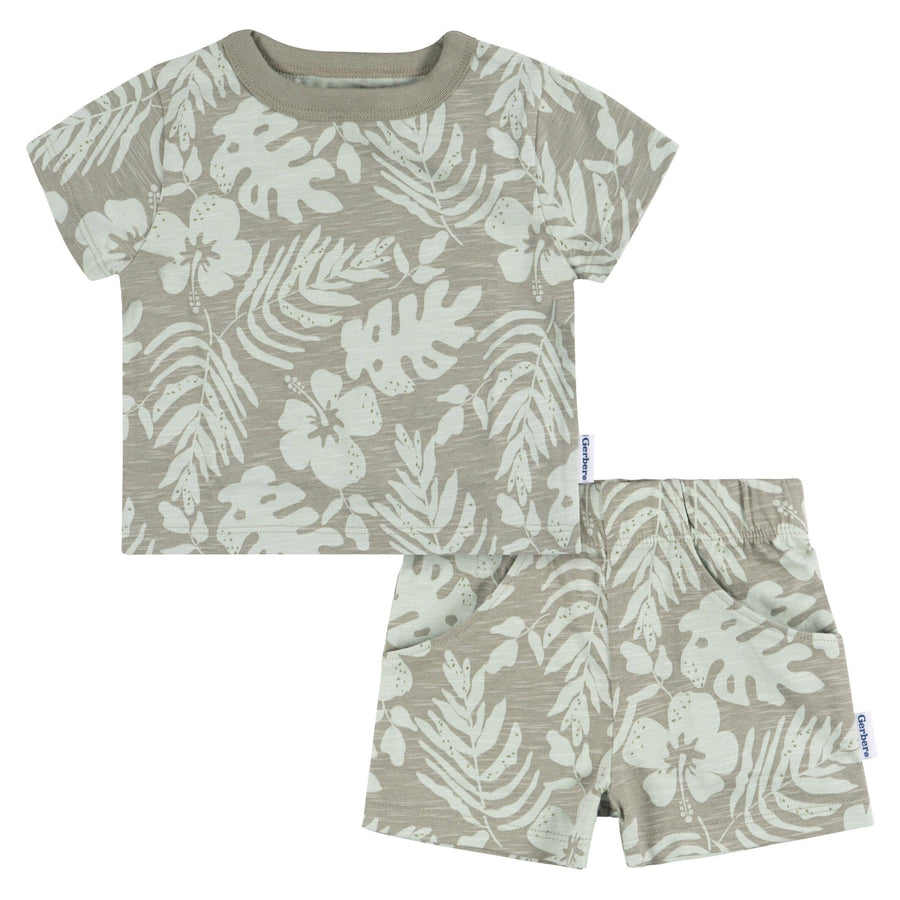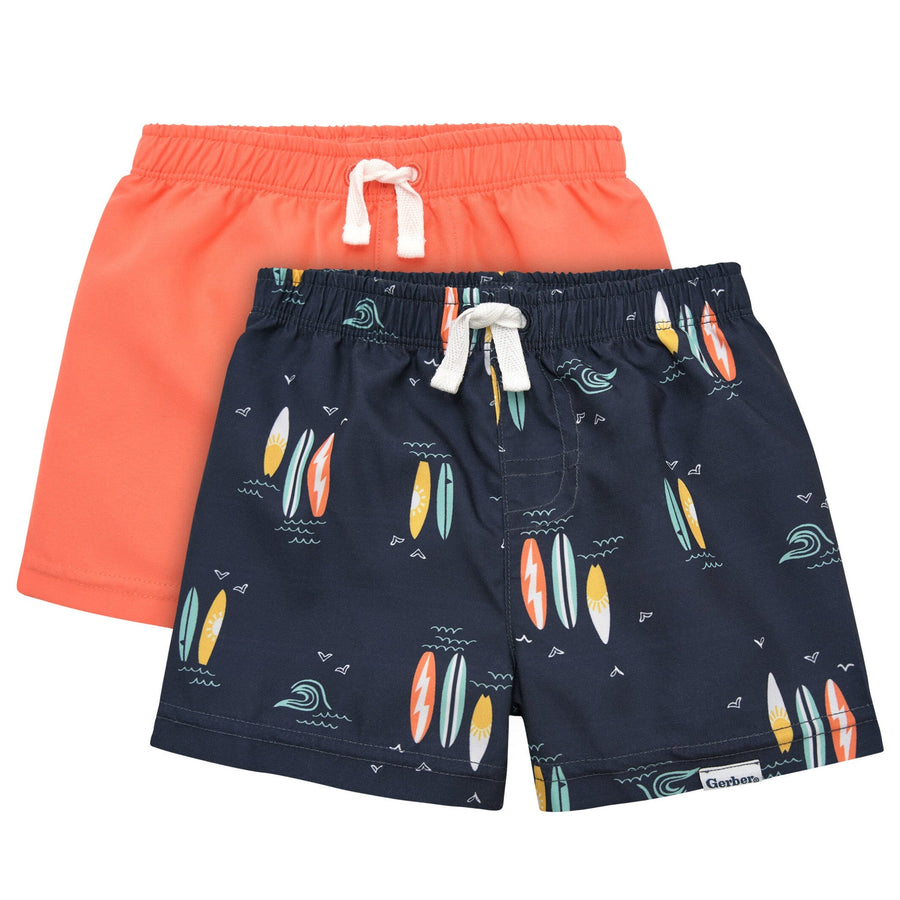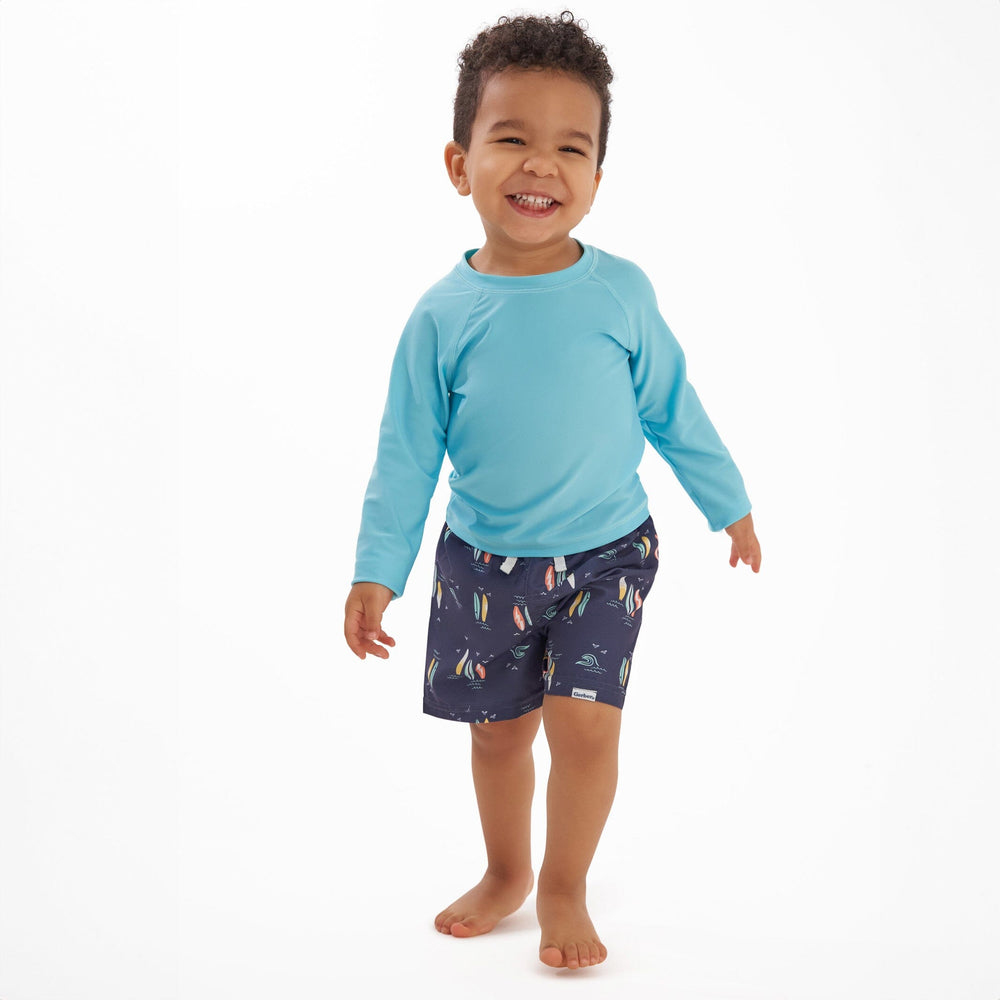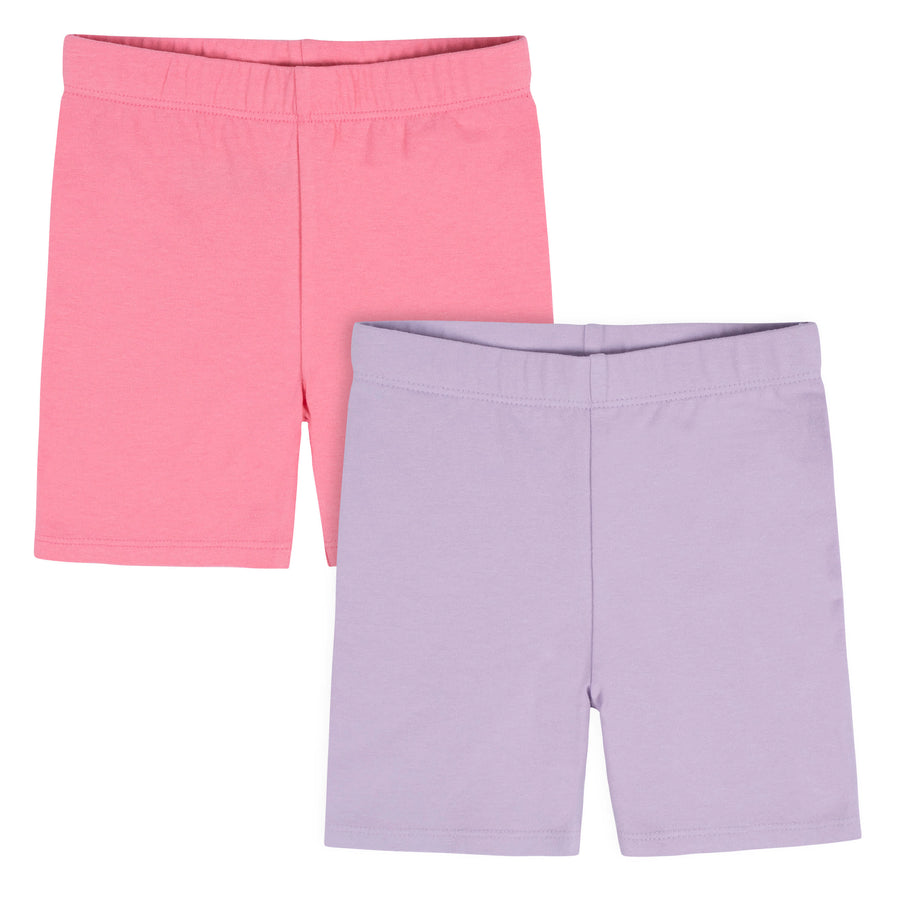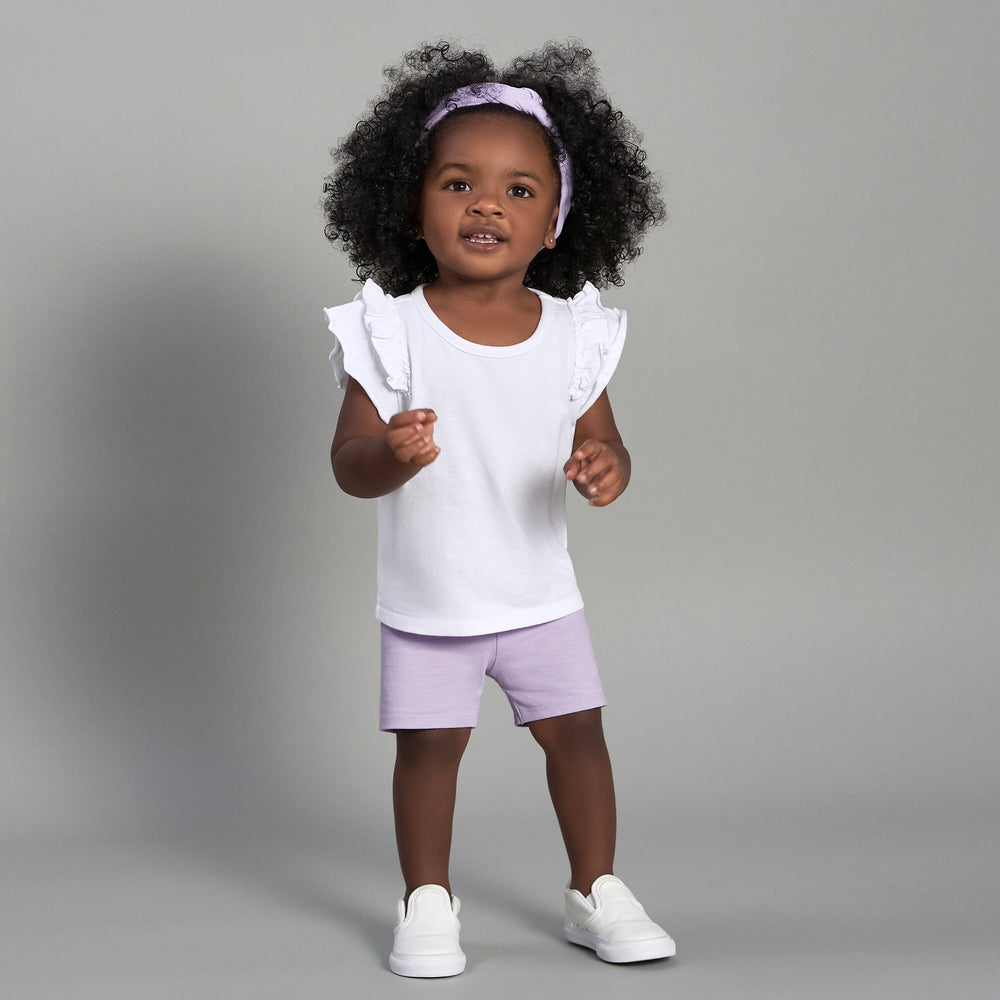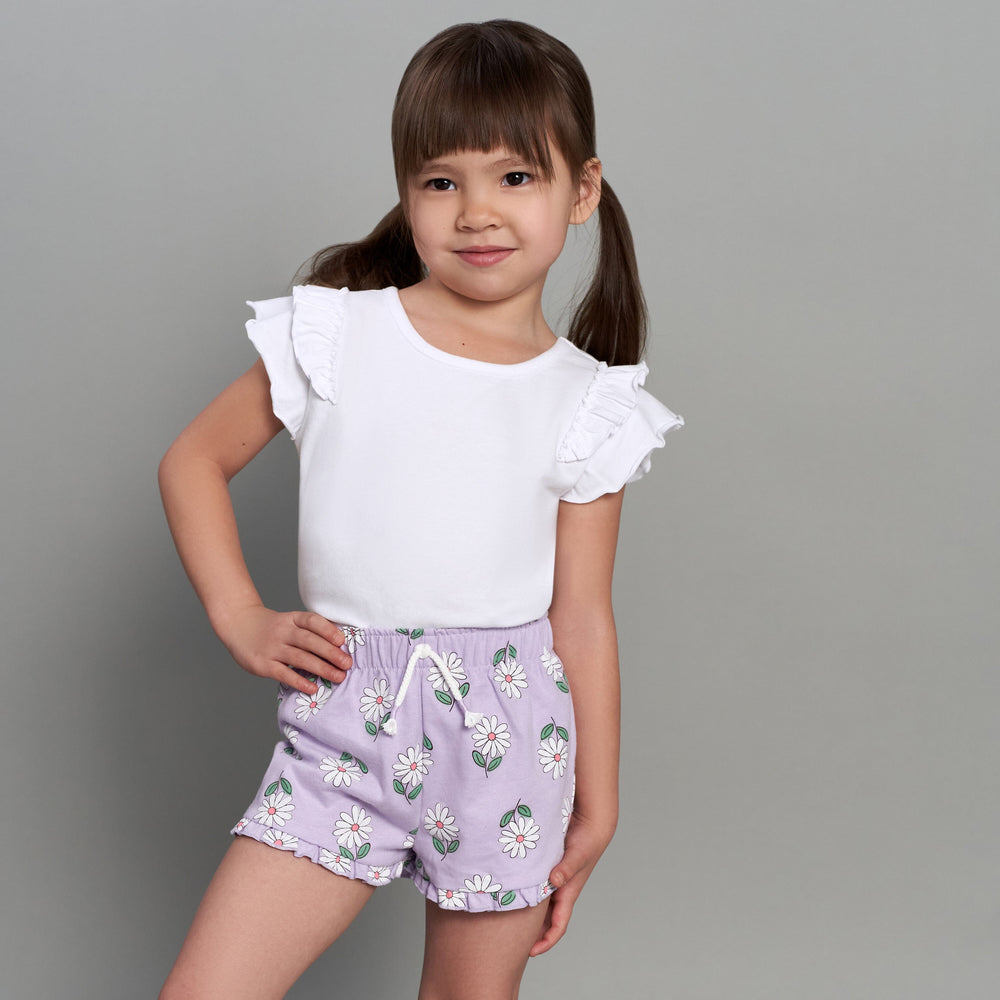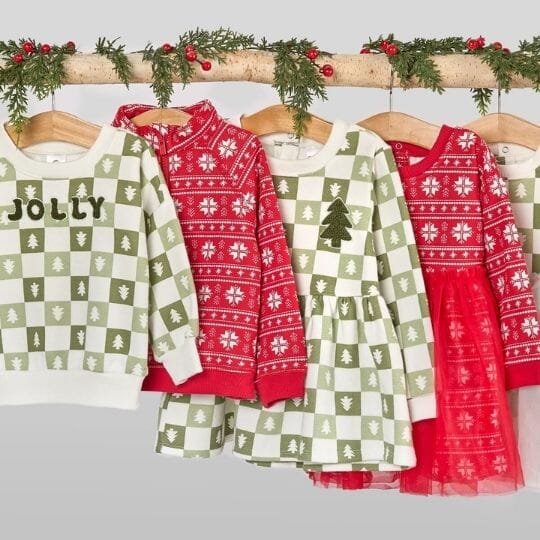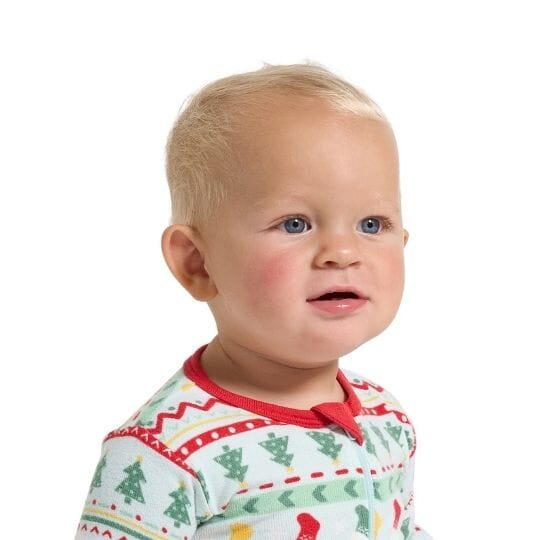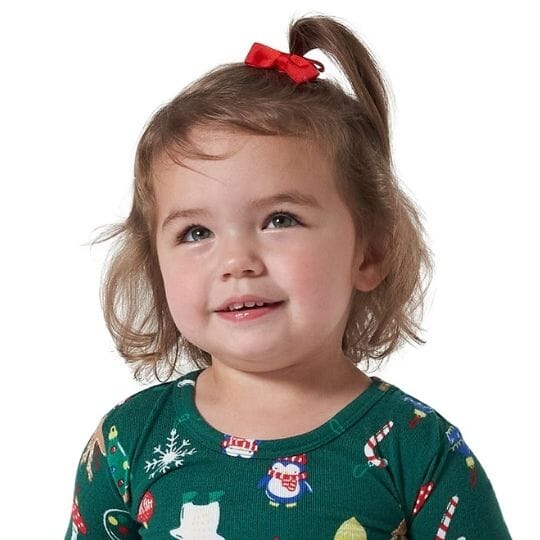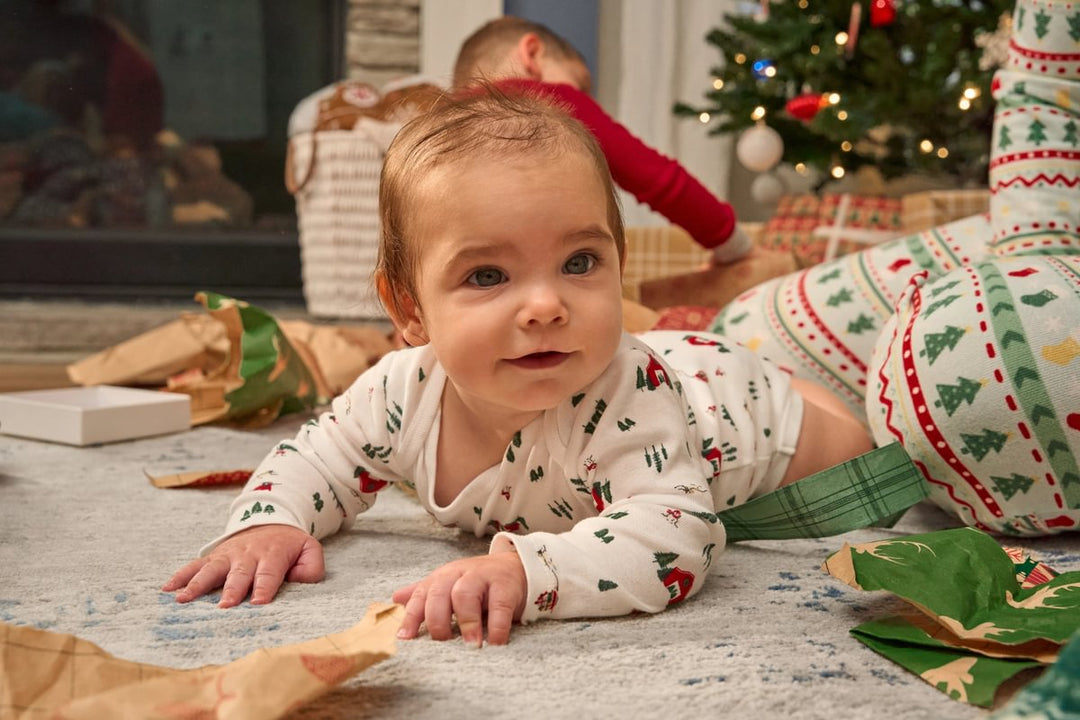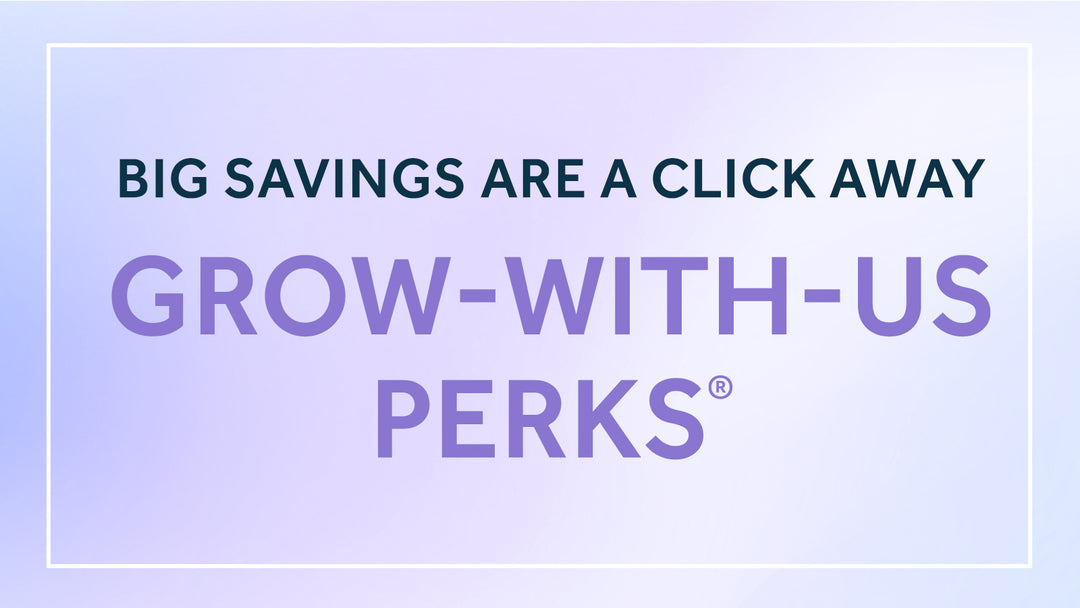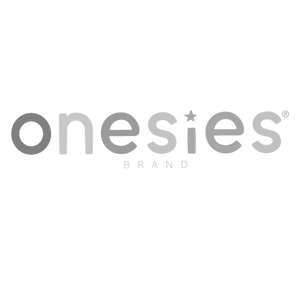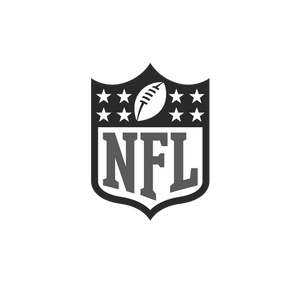OEKO-TEX® STANDARD 100 Explained: What It Means for Baby Clothing
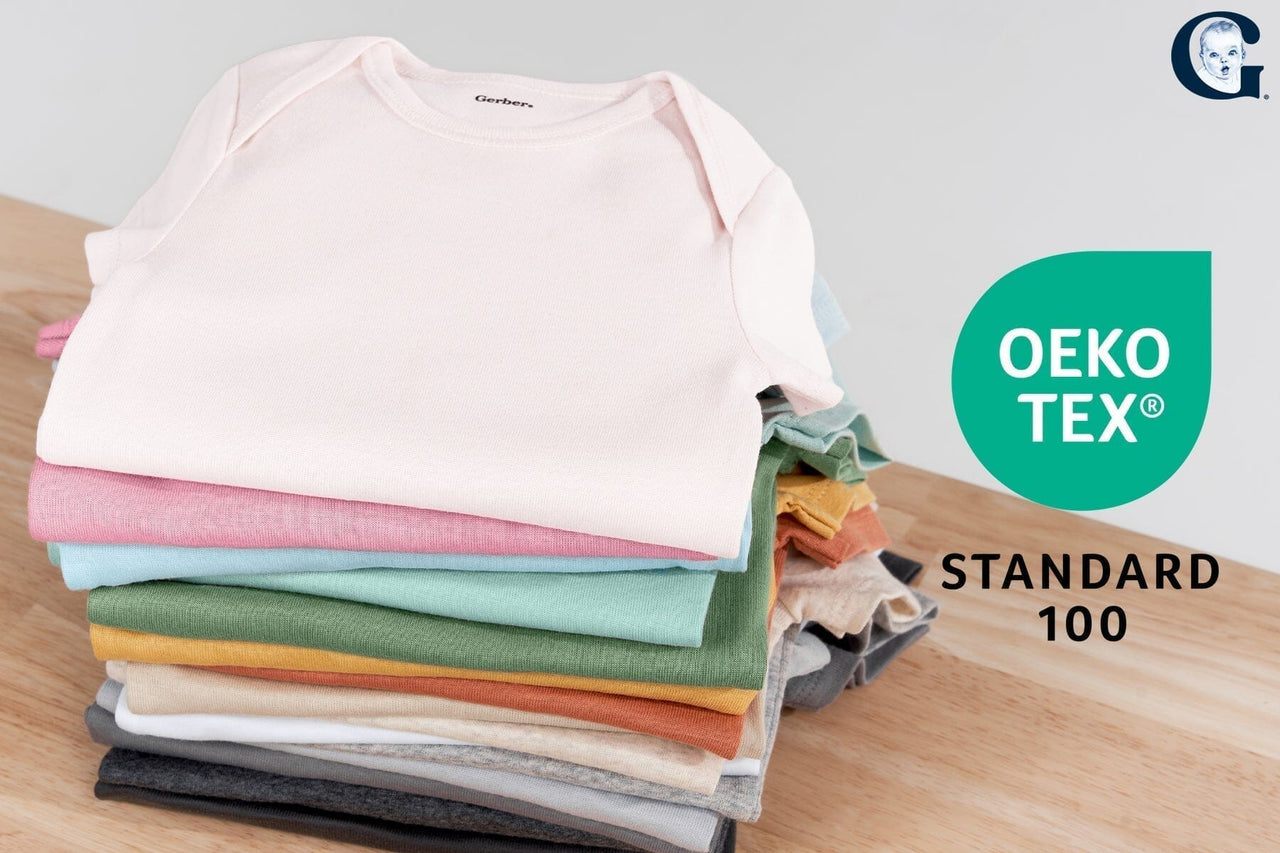
Babies deserve to be wrapped in love and wear the safest, softest clothing possible. With their sensitive skin and developing immune systems, babies need clothing that’s free from harmful substances. OEKO-TEX® STANDARD 100 certification helps you make safer choices with confidence. This global certification tests fabrics and materials for hundreds of potential toxins that could come into contact with a baby’s delicate skin.
Gerber Childrenswear proudly uses OEKO-TEX® STANDARD 100 certification, providing confidence that our baby clothing is safe and free from harmful substances. This means you can shop Gerber Childrenswear knowing you’re receiving soft, well-made baby clothes that have always been tested for safety and trustworthiness.

Why OEKO-TEX® STANDARD 100 Matters for Baby Clothes
Babies spend up to 20 hours daily in direct contact with clothing and bedding fabrics. Babies’ skin is thinner and more absorbent than an adult's, which means they are more likely to absorb chemicals or irritants through contact. Conventional baby clothes can contain unlisted chemical finishes, dyes, and manufacturing residues that may cause skin allergies or hormonal disruption. These effects are particularly concerning during infants' critical development stages.
OEKO-TEX® STANDARD 100 certification ensures that baby clothing has been independently tested and cleared for over 1000 harmful substances, helping remove uncertainty about fabric safety. Choosing OEKO-TEX® STANDARD 100 certified baby clothes is a proactive way to reduce a baby's exposure to harmful substances during their most vulnerable stages of development. Babies' delicate skin is protected and peace of mind is gained when choosing OEKO-TEX® STANDARD 100 certified baby clothes from day one.

What Is OEKO-TEX® STANDARD 100?
OEKO-TEX® STANDARD 100 is one of the most globally recognized certifications for textile safety. It confirms that every component of a textile product—including fabric, thread, labels, snaps, and zippers—has been independently tested for harmful substances. OEKO-TEX® STANDARD 100 updates its testing criteria annually to reflect the latest scientific research and regulatory standards. These requirements exceed national and international safety laws, providing extra protection when choosing baby clothing. Only textile products that pass rigorous lab testing are eligible to carry the OEKO-TEX® STANDARD 100 label. Manufacturers, retailers, and parents worldwide trust this certification for textile safety.
What Does OEKO-TEX® STANDARD 100 Test For?
OEKO-TEX® STANDARD 100 certification tests for over 1000 harmful substances, including both legally regulated and non-regulated chemicals that may harm human health. Testing covers formaldehyde, azo dyes, heavy metals like lead and cadmium, pesticide residues, volatile organic compounds, phthalates, flame retardants, and allergenic dyes. Even if a chemical isn't banned in your country, OEKO-TEX® STANDARD 100 may flag it as unsafe based on updated health research. The certification reflects current findings in toxicology, global legislation, and consumer safety. STANDARD 100 applies the strictest testing limits to products designed for babies under 36 months old.
Understanding OEKO-TEX® STANDARD 100 Product Classes
OEKO-TEX® STANDARD 100 divides certified products into four classes, based on how close they come into contact with the skin and who uses them. Class I products are designed for babies and toddlers up to age three and must meet the strictest limits for harmful substances. Class II covers items worn close to the skin, like underwear and t-shirts. Class III includes products not in direct contact with skin, such as jackets and outerwear. Class IV applies to home textiles like curtains and table linens.
When shopping for baby clothes, look for the OEKO-TEX® STANDARD 100 certification. Baby clothing automatically falls under Class I, which accounts for infants' unique sensitivity and includes the most comprehensive chemical testing in the OEKO-TEX® STANDARD 100 system.

Gerber Childrenswear’s Commitment to Safety
Gerber Childrenswear's baby apparel is OEKO-TEX® STANDARD 100 certified for textile safety. This commitment to textile safety aligns with the brand's broader focus on wellness, quality, and trust.
Gerber Childrenswear's most popular product lines—including Onesies® Brand bodysuits, sleepwear, and accessories—carry OEKO-TEX® STANDARD 100 certification. Independent laboratories test these products to ensure they contain no harmful substances. These products are independently tested and verified to be free from over 1,000 harmful substances, including PFAS.
This level of accountability provides confidence in the everyday essentials babies wear most often. When buying OEKO-TEX® STANDARD 100 certified clothing from Gerber Childrenswear, you choose safe fabrics, always made with a baby’s well-being in mind.
How to Identify OEKO-TEX® Certified Baby Clothes
To identify OEKO-TEX® STANDARD 100 certified baby clothes, look for the OEKO-TEX® STANDARD 100 label or logo on the product or its packaging. Authentic OEKO-TEX® labels always include a certification number and the name of the testing institute that verified the product. The label will specify the OEKO-TEX® standard type, such as STANDARD 100 or MADE IN GREEN.
You can also use OEKO-TEX®'s online label check tool to verify authenticity. The online tool confirms whether a product's certification is valid, current, and matches the correct product class when you enter the certification number. Most find this verification tool especially helpful when shopping online or buying from different retailers.

Benefits of Choosing OEKO-TEX® STANDARD 100 Certified Baby Clothes
- OEKO-TEX® STANDARD 100 certified baby clothes offer several benefits, primarily focusing on safety and quality for a baby's delicate skin and health. The certification ensures the fabric is free from harmful substances, making it a safer choice for baby clothing.
- OEKO-TEX® STANDARD 100 certified products undergo rigorous testing to ensure they are free from harmful substances like formaldehyde, pesticides, heavy metals, and phthalates. This is especially important for baby clothing, as babies' skin is more susceptible to irritations and allergies. OEKO-TEX® STANDARD 100 certification plays a significant role in addressing allergies and sensitivities by minimizing the risk of allergic reactions caused by chemicals in textiles.
- The OEKO-TEX® STANDARD 100 certification provides third-party validation and peace of mind, so you don't have to rely solely on marketing claims when choosing safe clothing. OEKO-TEX® maintains transparency by listing testing criteria openly and making certification details searchable online. Companies must re-certify their products annually with OEKO-TEX®, which maintains consistent safety standards over time.
- OEKO-TEX® STANDARD 100 certification also promotes sustainable practices within the textile industry, helping to reduce the environmental impact of textile production. When paired with trusted brands like Gerber Childrenswear, OEKO-TEX® STANDARD 100 certification becomes part of a larger commitment to safer, smarter baby essentials.
Gerber Childrenswear + OEKO-TEX® STANDARD 100: The Safe Choice for Families
OEKO-TEX® STANDARD 100 certified baby clothing provides safety and softness for little ones' delicate skin. OEKO-TEX® STANDARD 100 certification tests every component of baby clothing for over 1000 harmful substances using current scientific standards.
For over 95 years, Gerber has been committed to providing the very best for babies. Today, Gerber Childrenswear proudly offers a wide range of OEKO-TEX® STANDARD 100 certified baby clothes, from beloved Onesies® Brand bodysuits to cozy sleepwear. Our expert-tested baby clothes, trusted by many, provide gentle, dependable, and safe fabrics for babies. Always look for the OEKO-TEX® STANDARD 100 label when shopping for that perfect baby outfit.
Frequently Asked Questions
What does OEKO-TEX® STANDARD 100 mean in baby clothing?
OEKO-TEX® STANDARD 100 means the baby clothing has been tested for over 1000 harmful substances using strict, science-based safety standards. This certification helps ensure the clothing is safe for babies' sensitive skin.
How does OEKO-TEX® STANDARD 100 certification protect my baby?
OEKO-TEX® STANDARD 100 certification reduces babies' exposure to harmful chemicals like formaldehyde, heavy metals, and certain dyes, which can cause skin irritation and health concerns. OEKO-TEX® STANDARD 100 offers peace of mind for those seeking safer fabrics for babies.
Is OEKO-TEX® STANDARD 100 the same as an organic certification like GOTS?
No. OEKO-TEX® STANDARD 100 tests the final textile product for harmful substances, while organic certifications like GOTS focus on how materials are grown and processed. They serve different purposes but can complement each other.
How do I know if baby clothes are OEKO-TEX® certified?
To know if baby clothes are OEKO-TEX® certified, look for the OEKO-TEX® STANDARD 100 label on the packaging or tag. You can also verify certification numbers on the official OEKO-TEX® website using their label check tool.
Do all baby clothes meet OEKO-TEX® standards?
No, not all baby clothing meets OEKO-TEX® standards because certification is voluntary. If safety testing is a priority, you should check for the OEKO-TEX® label.
Are OEKO-TEX® certified products tested regularly?
Yes, OEKO-TEX® certified products are tested regularly. Certified items must be re-evaluated annually to keep the certification valid, which helps ensure products continue to meet updated health and safety guidelines.
Does OEKO-TEX® cover all parts of a garment, not just the fabric?
Yes, OEKO-TEX® covers all parts of a garment, not just the fabric. The certification includes every material in the product—threads, buttons, snaps, labels, and prints—not just the main fabric.







